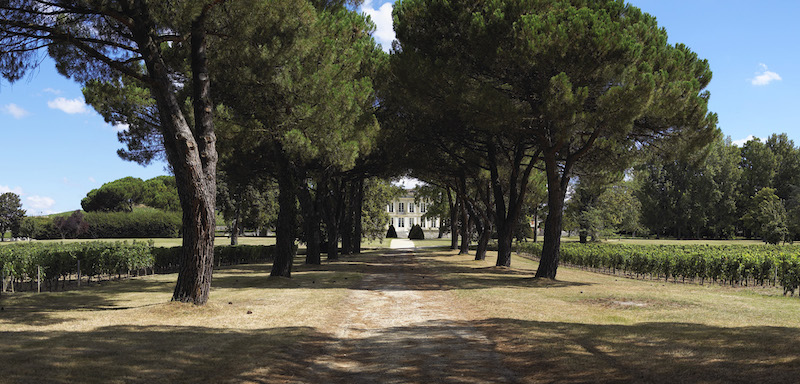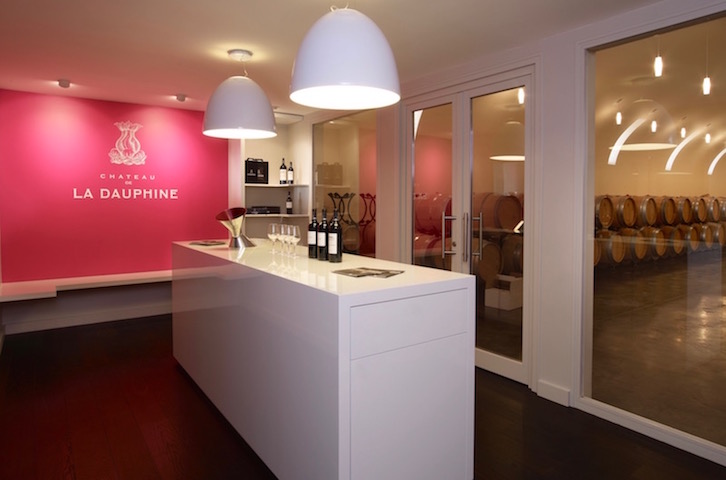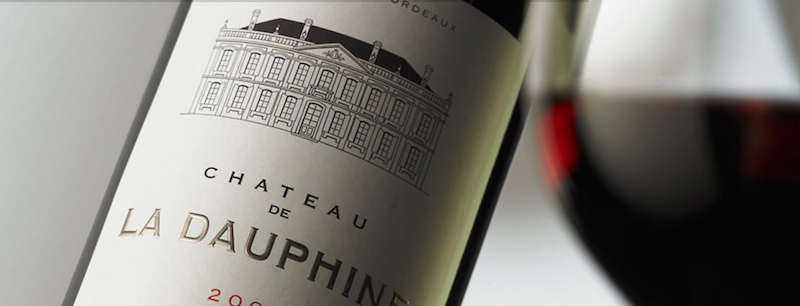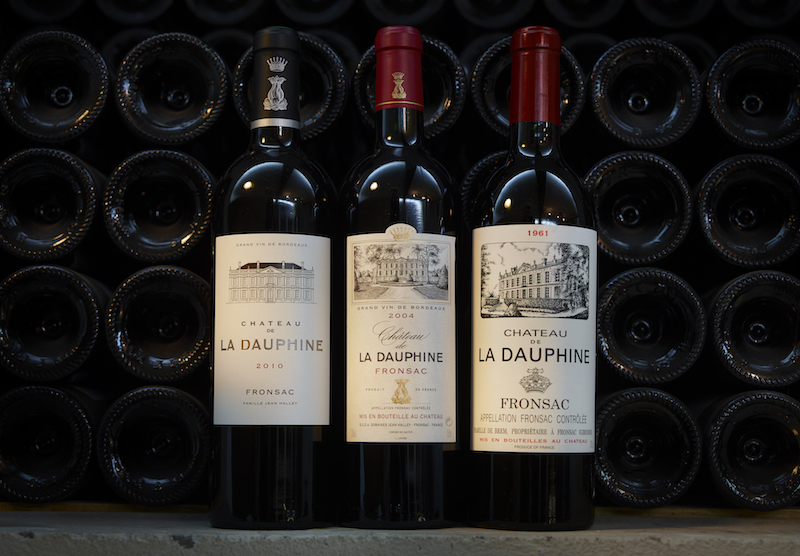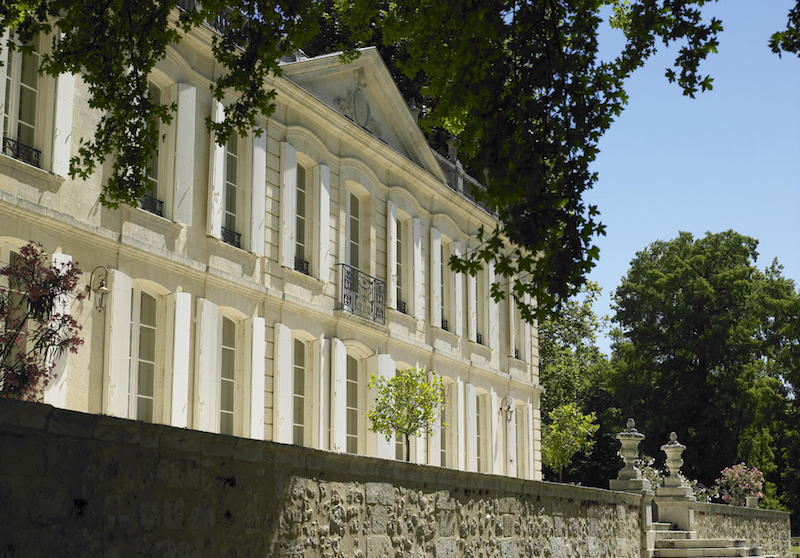At the court of Versailles, the wines of Fronsac were known as the king’s favorite. Located about 20 miles from Bordeaux in the east of the Bordeaux wine region, Fronsac is notable for its bucolic woodland, which so charmed the mother of Louis XVI that she lingered for days at a château known as Château de la Dauphine.
While Fronsac has existed in the metaphoric shadow of its more celebrated appellations such as Saint-Emilion and Pomerol, Château de la Dauphine is the second largest property in the region with records that back to 1670. Nestled in a bend of the Dordogne River, the 130-acre organic vineyard is planted with Merlot and Cabernet Franc for the Chateau’s signature blend of 90% Merlot and 10% Cabernet Franc.
With an annual production of approximately 200,000 bottles, Château de la Dauphine received its certification for organic cultivation in 2015. As well, the estate has announced an ongoing commitment to biodynamic culture, which utilizes natural-based concoctions comprised of minerals, plants, and essential oils that are prepared according to the lunar calendar, thereby working in accord with the rhythms of nature.
Where better to celebrate these classic Bordeaux wines than at one of Manhattan’s most popular and celebrated restaurants, Gotham Bar and Grill?
Château de la Dauphine 2009: As a fellow oenophile said, “Keep it—or drink it” and while it’s true that this well-balanced winner is a keeper for the cellar, there’s much to be said for drinking this one now and especially throughout the holiday meals.
Fortunately, for those of us at the table, we drank it—and some of us kept returning to it, marveling anew.
Château de la Dauphine’s signature blend of 90% Merlot and 10% Cabernet Franc shows wonderfully in this deep purple beauty redolent of blackberry and blueberry with espresso bean and savory spices. On the palate, there’s dark cherry and dried fruit. Supple and round, there’s a velvety elegance about the fine tannins, followed by a lingering finish. You swallow and sit back, slightly dazed and still staring at the wine within the glass. You can’t help thinking, “Let do that again.”
Grown in the indigenous Fronsac “molasse” red clay and limestone soil of the right bank of Bordeaux, the average age of the vines is 30 years. Manual harvesting, plot by plot, occurred at the end of September 2009.
Drink this as a seductive complement to chanterelle risotto or a basket of parmesan gougères—or with figs and Comté cheese.
Already lush and complex, this impressive wine will keep getting better.
Château de la Dauphine 2010 Fronsac: Opulent and distinguished, this deep ruby aristocrat brings a nose of cassis and licorice, with notes of crushed chocolate and rock. Strict on the palate with tight tannins, the 2010 is intensely concentrated. A long, soft, and floral finish is marked by violets.
At Gotham Bar & Grill, we enjoyed this vintage with roasted vegetables or beef sirloin—though it would pair equally well with duck magret or caramelized apples.
Aged in 30% new oak for 12 months, Château de la Dauphine 2010 will hit its peak between 2022-2030. For now, this medium-bodied classic is elegant and satisfying.
Château de la Dauphine 2012: Next to me, the man nodded in deep satisfaction and said, “This is the one.” No waiting around, the 2012 had everything he wanted now.
A juicy and sunny wine, it’s easy to understand his contentment with Château de la Dauphine 2012. Fruity on the nose and deep crimson in color, this bright and lively wine is vigorous and fresh. Aromas of truffle and tobacco are balanced with elegant velvet tannins on the palate. At 15% alcohol, the 2012 is unwilling to be ignored—and especially for those who love the work of oenologist Michel Rolland.
While it’s possible to keep this one for another decade, as my neighbor at table said, Why wait when it’s right now?
A succinct assessment of the wines of Château de la Dauphine.

